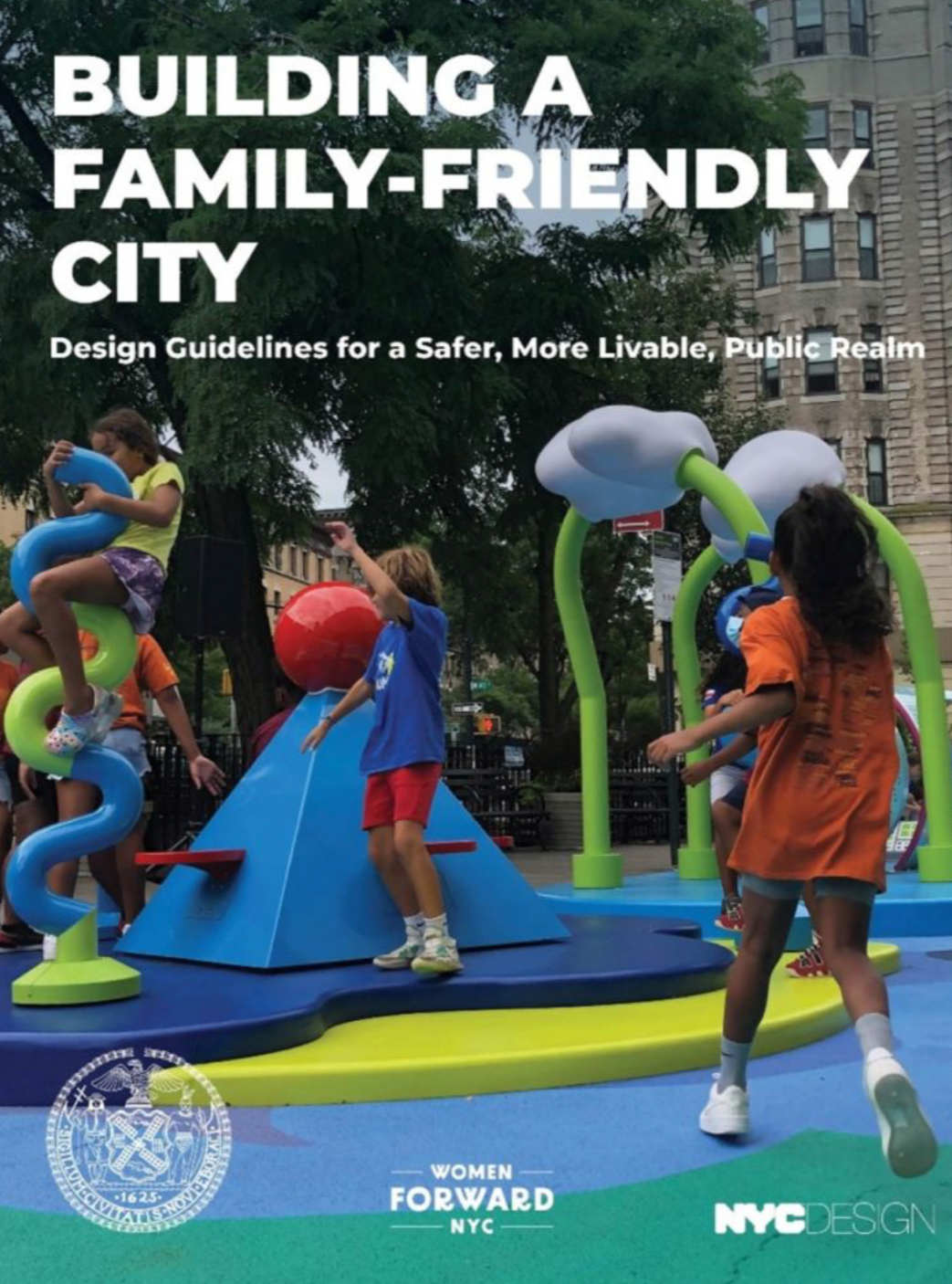Can we design health the way we design (s)pace?
In what ways could these innovations actually improve how we feel—physically, mentally, emotionally?
What role do our surroundings—the (s)paces we live and work in—play in shaping our well-being?
It is all about learning
Welcome to our Neurofacts Hub — your go-to source for the latest insights on human-centered design and cognitive sciences. Here, we bring together cutting-edge research, practical findings, and expert perspectives to help you understand how the brain shapes the way we design, interact, and think. Stay curious, keep learning, and explore how these discoveries can inspire better experiences for everyone.
Fred “Rusty” Gage, PhD, is a professor at the Salk Institute and former president (2019–2023), renowned for discovering that the adult human brain can generate new neurons—a finding that overturned long-held beliefs in neuroscience. Holding the Vi & John Adler Chair for Research on Age-Related Neurodegenerative Disease, Gage has shown how factors like exercise and environment influence neurogenesis and brain plasticity.
Cleo Valentine’s studies investigate how exposure to high‑contrast visual patterns and specific architectural forms can induce measurable physiological stress. Using wearable sensors such as fNIRS and heart rate variability monitors, her work links visual stimuli in built environments to neurophysiological responses and allostatic load. Her systematic reviews have shown that architectural characteristics like sharp angles, tight enclosures, and disproportionate configurations tend to elevate stress biomarkers, suggesting how visual overload in design may undermine occupant health
By exploring how different building façades influence our sense of rest and preference, this study can help inform more human-centered street design that supports mental health, encourages walking, and fosters a sense of comfort and belonging.
Insights from this work can guide planners, architects, and policymakers in creating more livable, restorative neighborhoods that benefit both individuals and communities.
The article explores how urban aesthetics—such as green spaces, attractive building façades, and varied, visually pleasant environments—can significantly impact public health. Emerging research in neuroarchitecture shows that beautiful and natural urban settings reduce stress, improve mental well-being, and encourage physical activity and social interaction. French cities like Paris, Nantes, and Strasbourg are already integrating these insights through initiatives that green public spaces and enhance neglected urban areas. These changes are linked to lower mortality rates and better overall health, positioning urban design as a vital tool for preventive healthcare.

The Public Design Commission underscore the vital importance of designing public spaces that truly serve families of all ages and abilities. Projects like these are essential for creating safer, more inclusive, and accessible urban environments that reflect the diverse needs of residents




